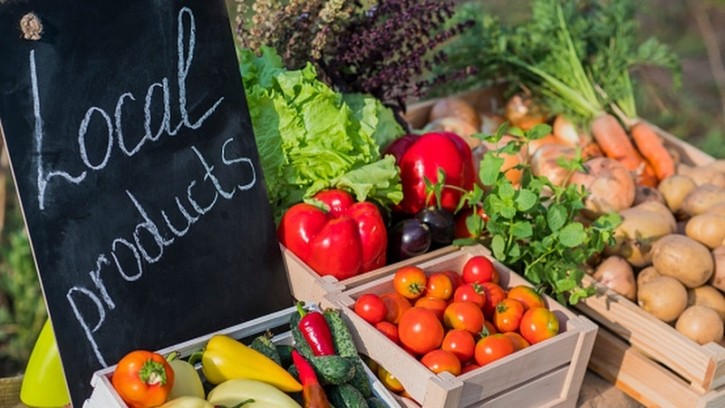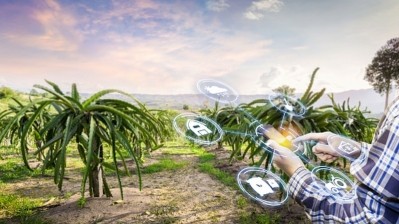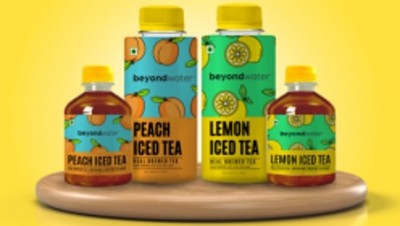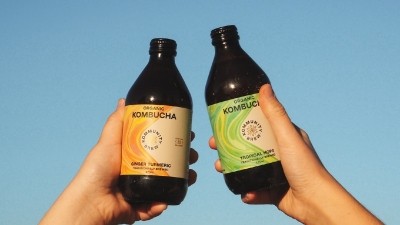‘Glocalisation is over’: Microlocality and domestic production chain increasingly important for APAC consumers

Just a few years back, the term ‘glocalisation’ – a combination of globalisation and localisation - was all the hype across most FMCG sectors, used to describe products that were developed and sold globally but also roughly adapted around the local culture.
“For many years, this was all the rage in many different markets but today when it comes to the food and beverage sector, glocalisation is over as it is no longer enough,” Kerry APMEA VP of Strategy and Commercial Enablement Ronan Moloney told FoodNavigator-Asia at the recent Fi Asia 2023 show in Bangkok.
“This was sufficient before in terms of having a rough taste or idea of international products, but today consumers are more discerning and now looking more to hyperlocalised or even microlocalised tastes and flavours.
“This means that no longer is it acceptable to have a local product, say an Indonesian fried rice, and leave it at that – the flavours of ingredients in the dish can vary widely across cities and provinces, and even restaurants next to each other in the same city can have different profiles with both of them claiming to be the original version.
“So it is difficult to identify the truly authentic flavour of a product, which microlocalisation is all about, because taste can be so personal, but what we do know is that just going and labelling a product like a seasoning as say Indonesian fried rice may no longer be enough as consumers tend to look for much more in-depth items [such as ‘Crazy’ spicy fried rice or goat meat fried rice or Kebuli fried rice made with various spices].
“These are very specific, but the company that is able to successfully deliver the taste consumers are looking for and gain that authenticity label is the one that will see its credibility grow by leaps and bounds in the market.”
In addition, consumers in many Asian markets are increasingly on the lookout for products made via a domestic production chain, tapping in not only associated lower costs but also a matter of pride, according to Moloney.
“There is a strong nationality piece playing in the various markets in this regions, where there is a lot of national pride in buying products that have been manufactured and sold locally,” he said.
“The on-pack messages highlighting ‘Made here’ and ‘Made in’ are becoming very important as consumers increasingly learn to rely on these for more information about their purchases, and this is another example of why glocalisation is less appealing to them.”
Taking this a step further sees a rising demand for personalisation in the food and beverage space, a lot of which is coming from increased exposure to digitalisation.
“Today’s consumers really expect it all from nutrition to sustainability to safety to availability and affordability to taste and experience – the days are gone when it was just less sugar, salt and fats,” he said.
“Demand is growing even faster for more personalised food and beverage options, fuelled by what consumers are increasingly seeing on online platforms and what AI has been shown to be able to do in terms of customisation.
“So adding personalisation into the mix does mean added challenges for the industry today, and is one that will likely need to also be solved via technology and digitalisation.”
Cautious optimism
Given ongoing inflationary and economic pressures, Moloney highlighted that the industry outlook remains just cautiously optimistic at the moment due to the large amount of uncertainty and uncontrollable factors.
“It’s not to say that there are no opportunities to be found or the outlook is bleak, but it is key to remember that the days where consumers are able to just spend what they have freely are not here at the moment,” he said.
“So for the industry what is important is to find value-adds to give the consumers in order to appeal to them - this in addition to being able to properly differentiate oneself from other products on the market are going to rise sharply in importance in days to come, and a lot of agility and dynamic quick adjustments are going to be needed.”



















